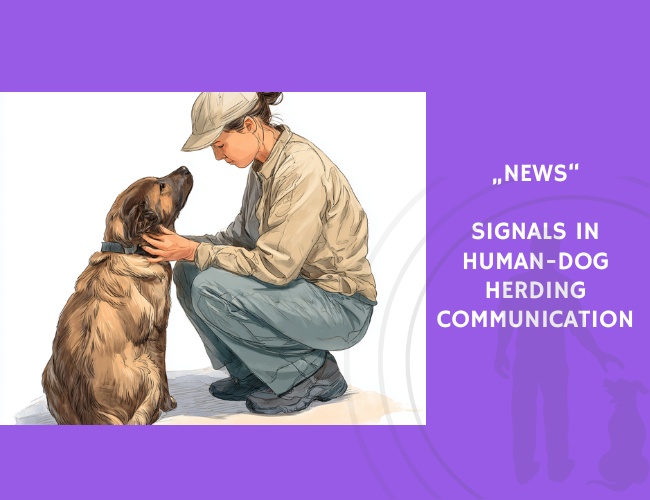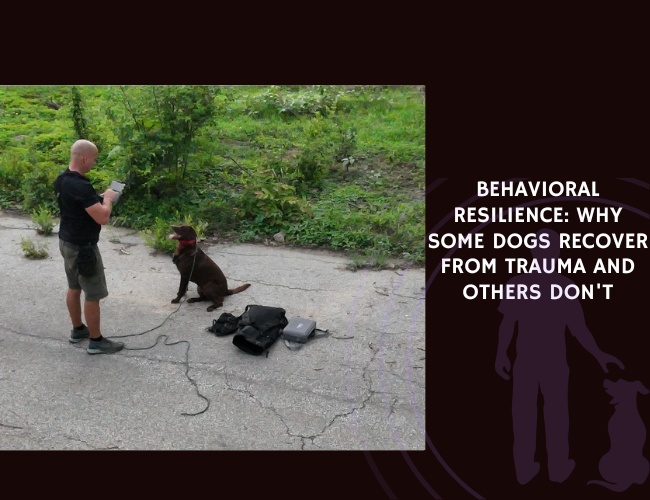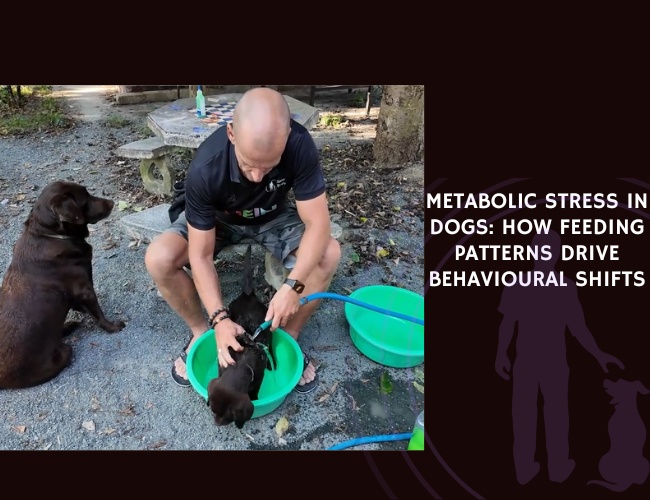In a pioneering investigation into human-dog teamwork, P. McConnell and J. Baylis published a 2010 study in Ethology analyzing the communication signals exchanged during cooperative herding. The study focused on Border collies, a breed uniquely selected for herding through behavioral specialization rather than morphology.
The findings revealed that Border collies approach livestock using an innate stalking posture similar to hunting predators. While the posture is instinctive, it is refined through training and experience, underscoring the balance of nature and nurture in working dogs. Shepherds, in turn, employed a rich repertoire of whistle signals to coordinate their dogs’ movements.
Analysis of 14 shepherd-dog teams showed that whistle structures correlated strongly with specific intentions: short, rapidly repeated notes with rising frequency were used to stimulate activity, while prolonged, descending single notes served to inhibit or calm the dog’s actions. Interestingly, directional commands showed no consistent acoustic correlation, suggesting that other cues supplement whistle signals.
The parallels between these whistle structures and vocalizations in primates and birds suggest that such acoustic patterns may reflect broader cross-species principles of communication. The researchers hypothesize that the appropriate use of acoustic structures significantly increases the probability of a desired canine response, strengthening cooperative herding as a multispecies endeavor.
Source: McConnell, P., & Baylis, J. (2010). Interspecific Communication in Cooperative Herding: Acoustic and Visual Signals from Human Shepherds and Herding Dogs. Ethology, 67, 302–328.










